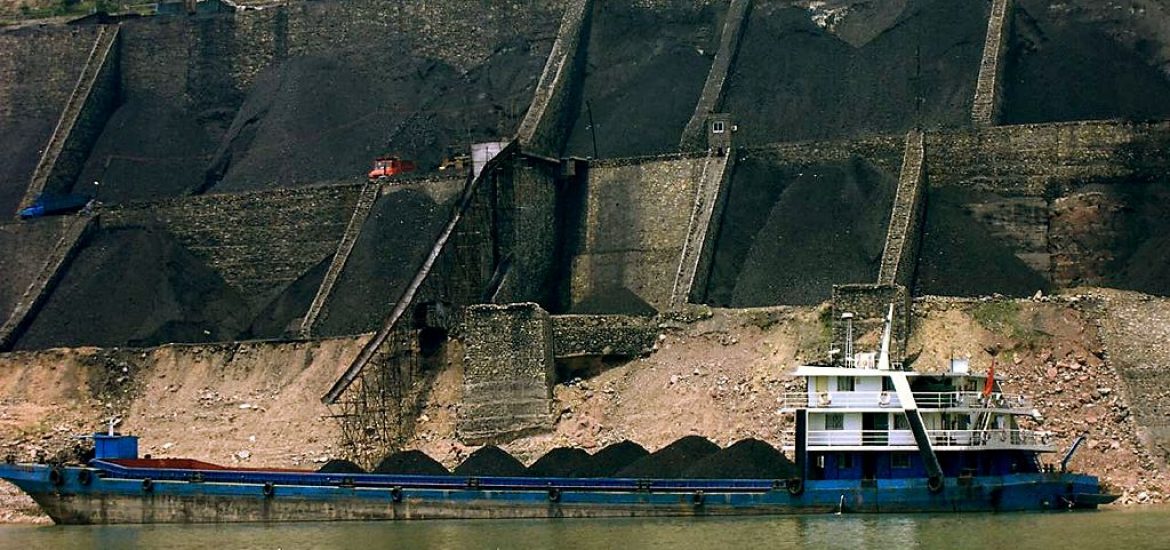
Climate negotiators in Poland have been told in a report by the Global Carbon Project (GCP) that emissions of carbon dioxide are still rising.
The GCP said this year’s “strong” rise was projected to be 2.7 per cent.
From 2014 to 2016 the amount of atmospheric carbon dioxide levelled off but it started to climb again last year and was still rising, the COP24 climate conference in the Polish city of Katowice was told.
Global emissions from fossil fuels are predicted to reach 37.1 billion tonnes of carbon dioxide this year.
“Last year, we thought, was a blip, but it isn’t,” said Rob Jackson of Stanford University.
The carbon dioxide increase last year from 2016 was 1.6 per cent and emissions are projected to have grown 2.7 per cent this year.
The report listed the 10 biggest emitters as China, the US, India, Russia, Japan, Germany, Iran, Saudi Arabia, South Korea and Canada, with China rising the most rapidly.
The fluctuation in emissions was largely the result of events in China, negotiators were told, driven by the Beijing government’s efforts to boost a flagging economy.
China saw an emissions rise of an estimated 4.7 per cent.
“Their economy has been slowing a bit,” said Jackson, which is one reason global emissions fell.
China is the largest carbon emitter in the world. “The government is trying to boost growth, and they’re green-lighting some coal projects that had been on hold,” Jackson added.
India is also burning more coal to bring electricity to millions of unpowered homes, meaning its carbon emissions have increased by an average of 4.7 per cent a year since 2000.
Jackson said US consumption of coal had fallen but more oil was being burned.
“It’s cheap gasoline,” Jackson said. “We’re buying bigger cars and we’re driving more miles per vehicle.”
The US, UK, France, and 16 others had reduced their overall emissions in the past decades while the price of renewable electricity plummeted.
But in the EU, the amount of fuel used for flights and road transport rose by 4 per cent.
“Global commitments made in Paris in 2015 to reduce emissions are not yet being matched by proportionate actions,” said Dr Glen Peters of the Cicero Centre for International Climate Research in Norway, who led the emissions analysis.
“The rise in emissions in 2017 could be seen as a one-off, but the growth rate in 2018 is even higher, and it is becoming crystal clear the world is so far failing in its duty to steer onto a course consistent with the goals set out in the Paris agreement in 2015.”
China has been burning more coal. Picture credit: Wikimedia





